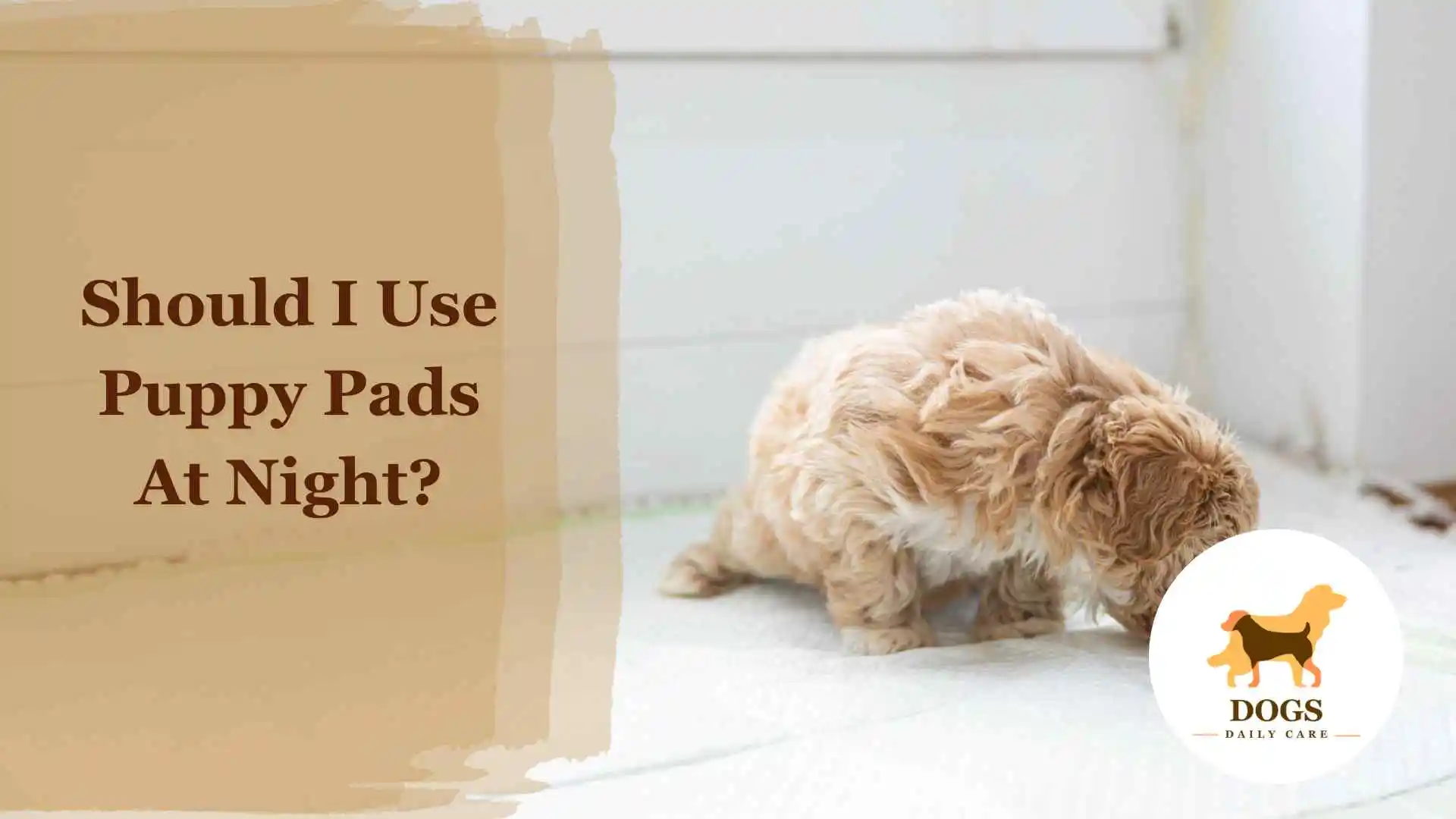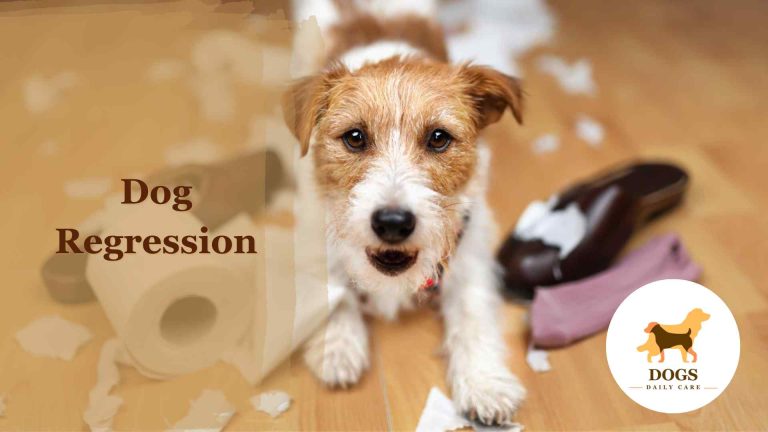Should I Use Puppy Pads At Night? – An Ultimate Guide
Adopting a new puppy comes with an array of challenges, among which nighttime potty training sits prominently. A common dilemma faced by many puppy parents is whether to use puppy pads at night. Making the nights easier and cleaner certainly seems appealing, but is it the right step towards a well-trained adult dog? This comprehensive guide aims to delve into the pros and cons of using puppy pads during the nocturnal hours, helping you make an informed decision tailored to your and your furry companion’s needs.
The crux of the matter lies in the balance between convenience and effective house training. Puppy pads can be a godsend, especially during the early days when your puppy hasn’t yet learned to hold it in. They can also be particularly useful for apartment dwellers who don’t have easy access to outdoor spaces. On the flip side, some argue that using puppy pads may potentially hinder the process of house training your pup to go outdoors. Where does the truth lie? The answer may not be as straightforward as a simple yes or no, and could largely depend on your individual circumstances.
As you navigate through the waters of puppy parenthood, making informed decisions is crucial. This article will explore the benefits, drawbacks, and alternatives to using puppy pads at night, providing insights and tips to ensure you’re setting the right foundations for a happy and well-trained dog. So, if the thought of waking up to a mess-free home sounds enticing yet you wonder about the long-term implications, read on to discover whether nighttime puppy pad use is the right choice for you.
Benefits of Using Puppy Pads at Night
Transitioning a new puppy into your home is a joyous yet challenging affair. Among the myriad of training tasks, nighttime potty training often stands out as a notably tough nut to crack. Utilizing puppy pads at night can offer a raft of benefits easing both your and your puppy’s nocturnal potty training journey. Here are some compelling advantages to consider:
Convenience
The foremost benefit is the sheer convenience of it. No one relishes the thought of being startled awake in the wee hours to take the puppy outside. Puppy pads provide a designated spot indoors where your pup can relieve itself without having your sleep disrupted. The easy cleanup is an added perk, making those night-time potty breaks less of a hassle. With a puppy pad, you’re just a swoop away from getting back to your sweet slumbers.
Training Transition
Puppy pads can act as a stepping stone in the larger scheme of house training. They can help your pup establish a routine and recognize the appropriate places to relieve themselves. Especially in the early days, when bladder control is still a work in progress, puppy pads serve as an excellent tool for avoiding accidents around the house.
Suitable for Apartments
For apartment dwellers, having easy access to outdoor spaces for a quick potty break isn’t always feasible, especially during the night. Puppy pads provide a practical solution, ensuring your puppy has a safe and accessible place to go, even when a trip outside isn’t on the cards. This is particularly beneficial during harsh weather conditions or for those living in high-rises where a quick dash outside is easier said than done.
Peace of Mind
Knowing your puppy has a safe and comfortable spot to relieve themselves can provide peace of mind. This is especially relieving during the initial days when your pup might still be getting acclimated to its new surroundings. You can rest easier knowing there’s a lesser chance of waking up to unpleasant surprises scattered around your home.
Incorporating puppy pads into your nighttime routine might just be the bridge to a well-trained, comfortable, and happy puppy. Each puppy and situation is unique, so weighing the benefits against the drawbacks, which we will explore in the next section, is crucial in making an informed decision that suits both you and your furry companion.
Drawbacks of Using Puppy Pads at Night
While puppy pads offer convenience and a temporary solution to nighttime potty training, they come with a set of drawbacks that might affect your furry companion’s long-term behavior and habits. It’s essential to understand these cons as they play a crucial role in your puppy’s house training journey. Here are some of the notable disadvantages:
Delayed House Training
Relying on puppy pads during the night might prolong the house training process. Puppies are quick learners, and they may associate the ease of using puppy pads with a permanent solution, potentially making the transition to outdoor potty breaks more challenging. It’s vital to recognize this possible delay as you gauge the pros and cons of nighttime puppy pad usage.
Long-Term Habit
Once a routine is established, it can be quite difficult to break. If your pup gets accustomed to using puppy pads at night, transitioning them to go outdoors may become a hurdle. The habit formed is robust, and altering it requires consistent effort, patience, and a clear training strategy.
Cost Factor
Unlike a one-time investment in a crate or leash for outdoor potty breaks, puppy pads are a recurring expense. Over time, the cost of puppy pads can add up, making it a less economical choice in the long run.
Environmental Concern
Traditional puppy pads contribute to waste, and if you’re environmentally conscious, this might weigh heavily on your decision. Though there are reusable and biodegradable options available, they too come with their own set of pros and cons which require careful consideration.
Potential Confusion
If not trained properly, a pup might start to confuse other soft surfaces with puppy pads, leading to unwanted accidents around your home. This confusion could lead to inconsistent potty behavior, making house training a bit of a roller coaster.
Understanding the drawbacks alongside the benefits of using puppy pads at night gives a rounded perspective, aiding in making a well-informed decision. Every puppy is different, and what works for one may not work for another. Assessing your living situation, your puppy’s temperament, and your long-term training goals are paramount in deciding whether to adopt this nighttime potty solution.
Alternatives to Using Puppy Pads
While puppy pads provide a feasible solution for nighttime potty woes, they are not the only option on the table. If you’re concerned about the long-term implications of using puppy pads, or simply looking for more sustainable or effective solutions, there are several alternatives to consider. Here are some popular ones that can ease the nighttime potty training journey:
Crate Training

Crate training capitalizes on a dog’s natural instinct not to soil their sleeping area. It encourages bladder and bowel control, making it a powerful tool for house training. A properly sized crate provides a safe and comfortable space for your puppy to rest, reducing the chances of nighttime accidents.
Late Night Walks
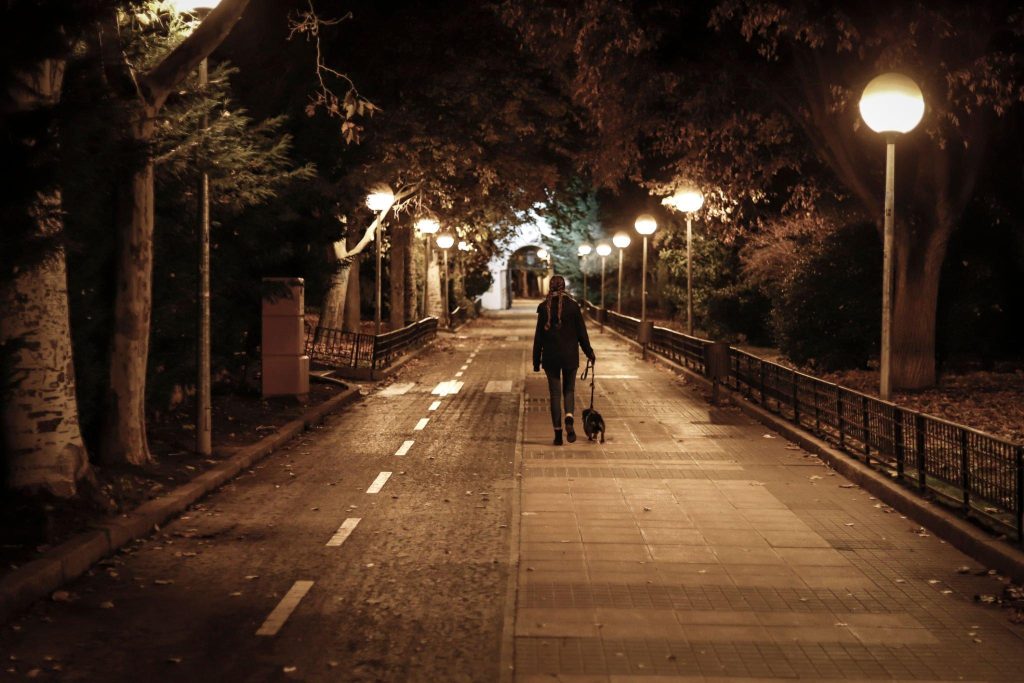
Establishing a routine of late-night walks before bedtime can drastically reduce the need for middle-of-the-night potty breaks. Ensuring your pup has emptied their bladder before hitting the hay can provide a longer, uninterrupted sleep for both of you.
Professional Training Classes
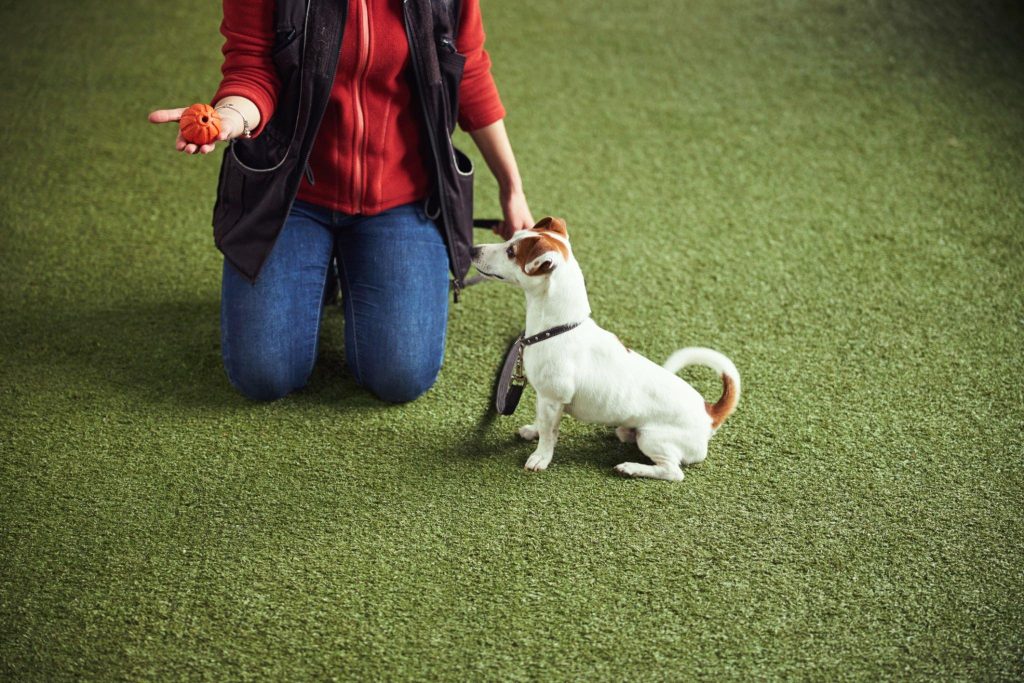
Engaging a professional dog trainer or enrolling your pup in a training class can fast-track the potty training process. Professional trainers have a wealth of experience in tackling potty training issues and can provide personalized advice and strategies tailored to your puppy’s needs.
Bell Training
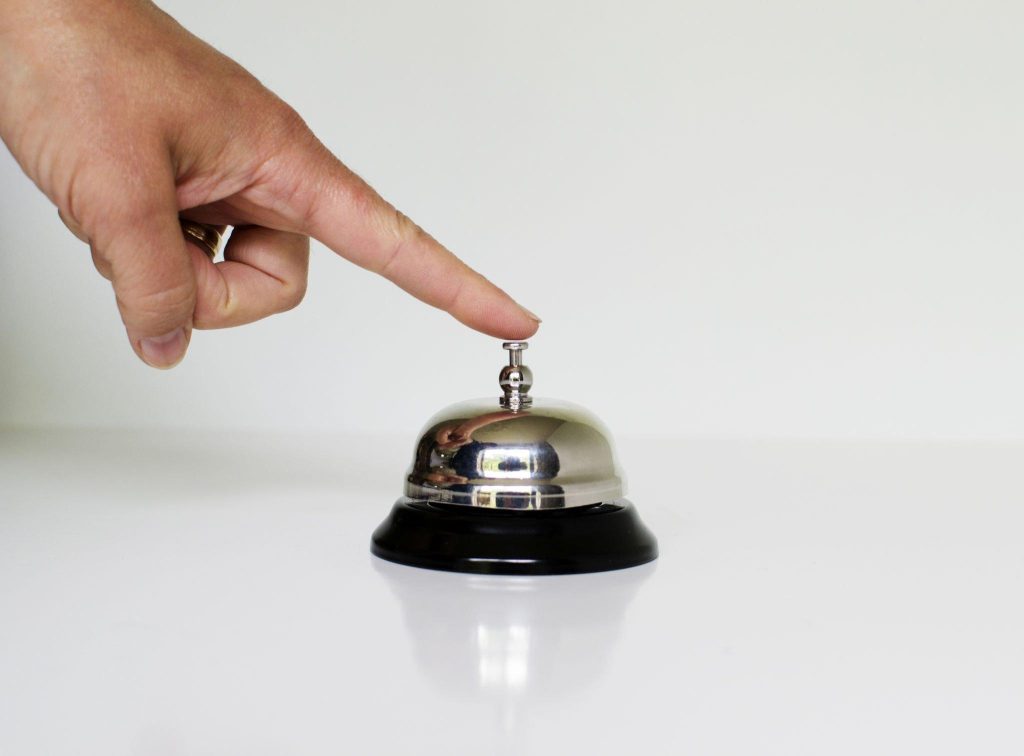
Teaching your puppy to ring a bell when they need to go outside is an effective way to communicate their needs. With consistency and patience, bell training can be a fantastic alternative to using puppy pads and creates a clear communication channel between you and your pup.
Artificial Grass Pads
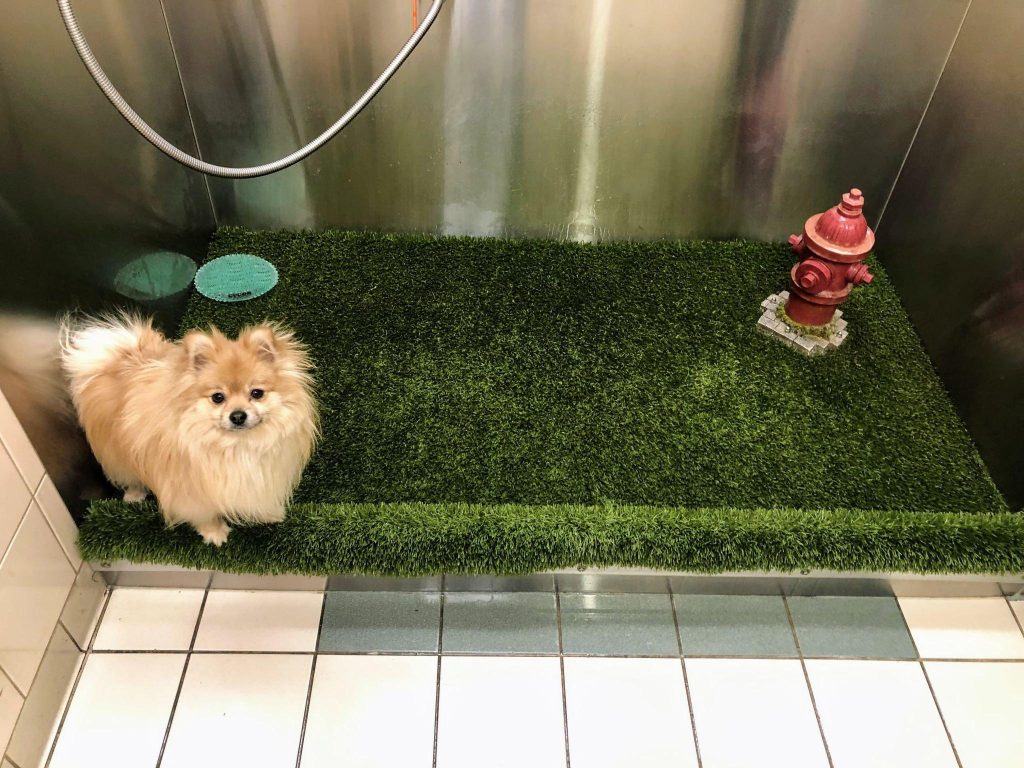
If you’re seeking a more eco-friendly indoor solution, artificial grass pads are a worthwhile consideration. They mimic the texture of real grass, aiding in the transition to outdoor potty habits while being reusable and easy to clean.
Scheduled Feeding
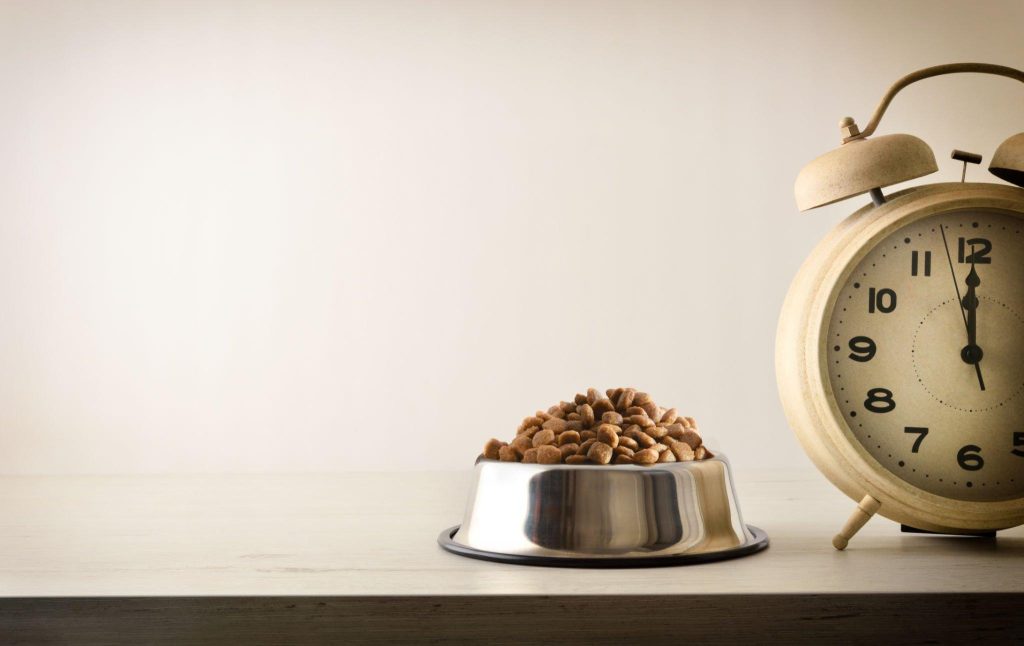
Regulating your puppy’s feeding schedule can also regulate their potty schedule. By feeding your puppy earlier in the evening and ensuring they go potty before bed, you can minimize the likelihood of nighttime accidents.
Exploring these alternatives can provide a more structured or eco-friendly approach to nighttime potty training. The right method for you and your pup largely depends on your living situation, the amount of time you can dedicate to training, and your long-term house training goals. Through consistency, patience, and a method that suits your lifestyle, achieving a successful nighttime potty routine sans puppy pads is within reach.
Tips for Successful Puppy Pad Training
Should you decide that puppy pads are the right solution for your nighttime potty training woes, setting yourself and your furry companion up for success is crucial. Implementing the following tips can significantly smoothen the puppy pad training process, ensuring a positive experience for both of you:
Choosing the Right Pad
Select a puppy pad that suits the size and needs of your dog. Look for features like high absorbency, leak-proof backing, and odor control. Some puppy pads come scented to attract your pup to them, making the training process easier.
Consistent Location
Place the puppy pad in the same location every time to help your pup understand where it’s acceptable to go potty. Consistency is key in eliminating any confusion and promoting a successful training experience.
Reward System
Every time your puppy uses the pad successfully, reward them with praise, a treat, or some playtime. Positive reinforcement is a powerful tool in shaping behavior and reinforcing the desired habits.
Regular Cleaning
Keep the puppy pad area clean and change the pad frequently to maintain a sanitary environment. This will not only keep your home smelling fresh but also encourage your pup to use the pad instead of seeking other places.
Monitoring and Scheduling
Observe your pup’s potty routine and try to establish a schedule that aligns with it. This can include replacing the pad, feeding, and playtime to encourage using the pad at the right times.
Patience and Understanding
Every pup is unique with their own learning curve. It might take some time for your puppy to get accustomed to using the pad. Exhibit patience, understanding, and positive reinforcement to ease the process.
Transitioning Outdoors
If your long-term goal is to transition your pup to going potty outdoors, gradually move the puppy pad closer to the door over time, and eventually outside, making the transition seamless.
By incorporating these tips, you can create a structured, positive, and effective puppy pad training environment. It’s all about creating a routine that your puppy can easily adapt to while making the training process as enjoyable and stress-free as possible for both of you. Remember, successful puppy pad training at night can pave the way for a well-trained, happy pup and a harmonious household.
Frequently Asked Questions (FAQs)
1. At what age should I start using puppy pads for my dog?
It’s advisable to start using puppy pads as soon as you bring your puppy home, which is typically around 8 to 10 weeks of age. Early training with puppy pads can help ease the transition into house training and establish a consistent potty routine from a young age.
2. How long does it typically take to train a puppy with puppy pads?
The duration it takes to train a puppy using puppy pads can vary significantly based on the individual dog’s temperament, breed, and consistency in training. On average, it may take a few weeks to several months of consistent training to achieve desired results.
3. Can I use puppy pads and still train my dog to go outside?
Absolutely! Puppy pads can act as a stepping stone in the larger scheme of house training. As your pup grows and develops better bladder control, you can gradually transition them to go outdoors by moving the pad closer to the door and eventually outside.
4. Is it advisable to use puppy pads for adult dogs?
Puppy pads can be used for adult dogs in certain situations, such as during illness, bad weather, or in apartments with no easy outdoor access. They are also beneficial for senior dogs who may have trouble holding it in for extended periods.
5. What are some eco-friendly alternatives to traditional puppy pads?
There are several eco-friendly alternatives to traditional puppy pads, including reusable fabric pads, biodegradable pads, or artificial grass pads. These options are not only kinder to the environment but also cost-effective in the long run.
Conclusion
Deciding whether to use puppy pads at night is a nuanced decision that hinges on your living circumstances, the age and health of your puppy, and your long-term house training objectives. The convenience of puppy pads is undeniable, providing a straightforward solution to nighttime potty training. They can be particularly beneficial in the early days of puppy parenting, offering a cleaner, stress-free option that allows both you and your pup to enjoy a good night’s sleep. Yet, it’s vital to also consider the drawbacks and explore alternative training methods to ensure a well-rounded approach to your pup’s potty training journey.
In conclusion, investing time and effort in understanding the different aspects of puppy pad training, alongside exploring other potty training methods, will significantly benefit your household in the long term. Your furry companion’s training phase is a foundational period that sets the stage for a harmonious living arrangement. Whichever method you choose, consistency, patience, and a dollop of love are the ingredients for a successful potty training venture. Your quest for the right potty solution epitomizes the responsible, caring, and considerate pet parent you are on the path to becoming.

